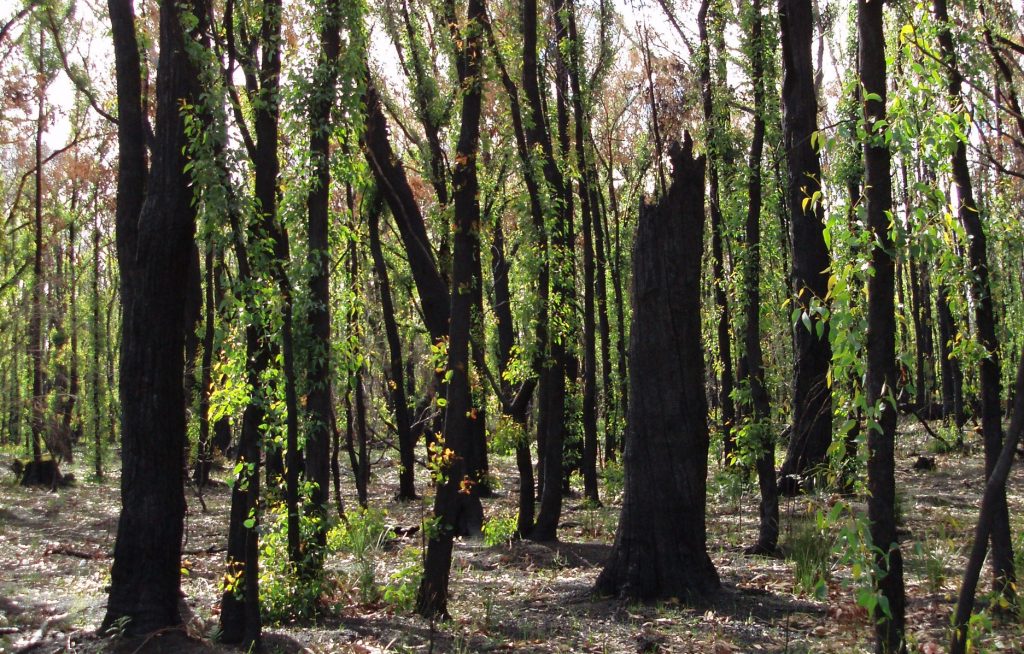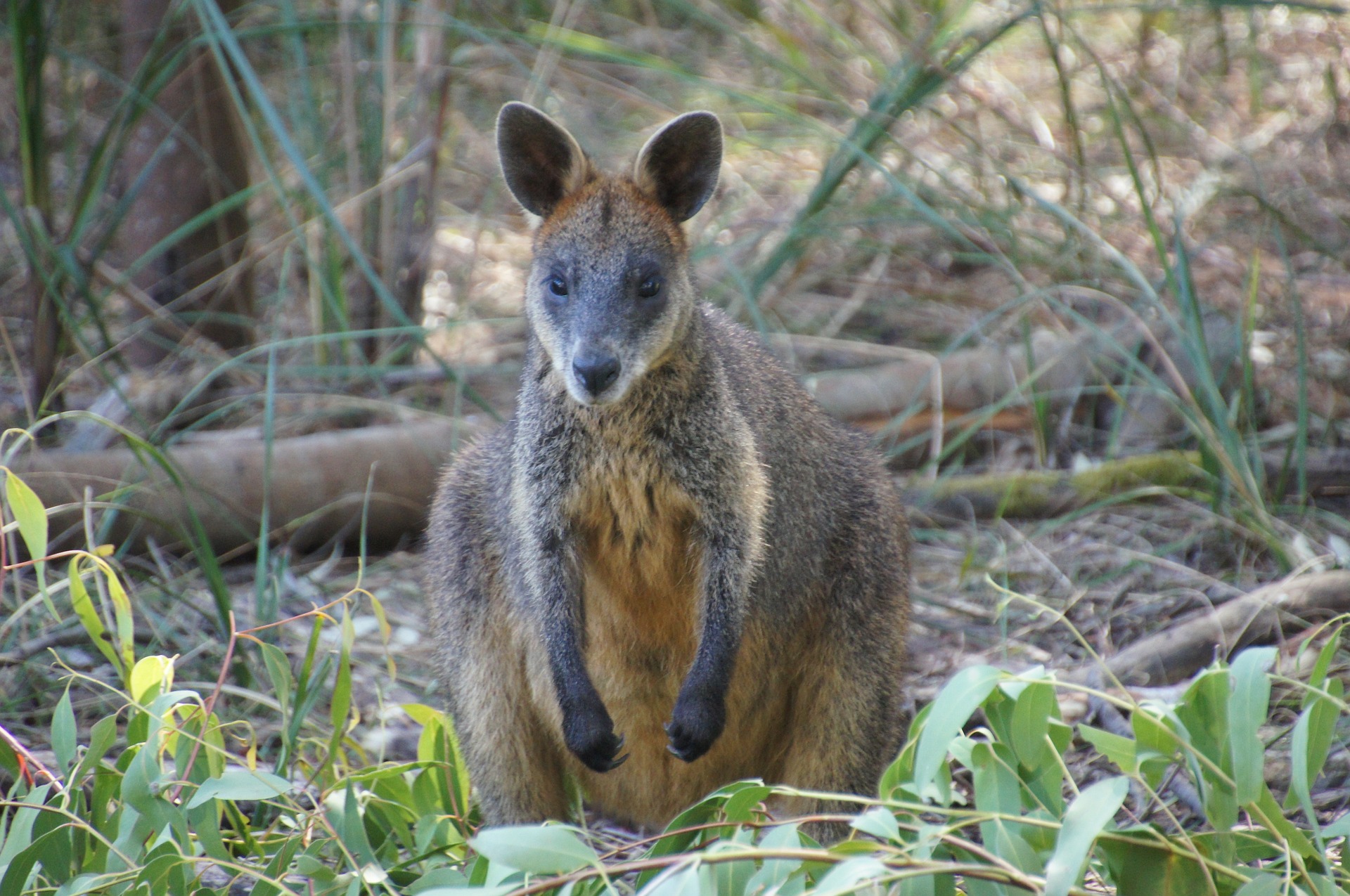Is it safe to travel to Australia after the bushfires?

The Australian bushfire season for 2019/2020 has been the worst on record. Globally, news reports have tried to capture the enormity of the situation, often falling short. Red, orange, and black smother the traditional Australian green-and-gold. And yet, from the ashes, there is a sprout of new growth; as a few green shoots are found in the burnt-out bush, there are also seedlings of hope for the affected communities.
While the generous donations from around the world have contributed to immediate relief and rebuilding, many of the surviving towns are eager for visitors again. It’s not just about the tourism dollars; many towns simply want to see people again. They want the opportunity to show how strong and resilient they are. They want to show how supportive the community is.
That’s right, people. Australia is open and we would really like the company.
So, is Australia safe to visit?
The answer is yes. And it is a glorious country filled with landscapes as diverse as the people who live here. Bushfires themselves are not a new thing in Australia. It is a dry country, with large swathes suffering from droughts for a long time. It has been the size and scale which has been horrifying.
Small town communities and big cities have been affected, though not in equal devastation. However, it is easier for big cities to bounce back. Sydney has its iconic landmarks that continue to draw tourists. Queensland still has its beaches and the Western Australia Quokkas are still grinning for their selfies. To put it simply, travel to the big favourites has never been impacted by the bushfires beyond a ‘landing delay’ due to the smoke.
It’s the smaller hidden gems that are struggling. Places like the New South Wales south coast and the Victorian hinterland. South Australia’s Kangaroo Island has been devastated. And the Blue Mountains, so close to Sydney and yet feeling so far from their usual flood of visitors. The bushfires came during the busiest time of year for many small communities and instead of the land, it is the tourism which is drying up.
For many communities directly affected by bushfires, the return of tourists is not just about the money. For a rural town, the sense of community is the key to their survival. Having people in their town is a sign of their strength, their survival. The recovery after a bushfire is as dependent on the mental health of the locals as it is the flow of financial support.
Responsible travel: How you can help
If there is one good thing to come out of the Australian bushfires this season, it is the amazing display of spirit from people near and far. The impact of the fires can and has left many people feeling overwhelmed, lost. Fortunately, people from around Australia are inspiring us all to find ways we can help. And it all comes down to responsible travel. Here are some great examples.
AirBnB and The Country Pub Project
Prior to the 2019/2020 bushfires, AirBnB teamed up with six country pubs to create The Country Pub Project. The good ol’ Aussie pub has been a staple of many country communities for many years. I have travelled on road trips around Australia for most of my life and the consensus was always “It’s not a real town unless it has a pub.” And while it was always important to know what beer they had on tap, these establishments were often known as the Post Office, Information Centre, Food Stop, hotel bed, and “only bank teller for the next 100 km”. By opening up country pubs to the AirBnB projects, tourists are invited to see another side to Australian hospitality. It’s a place to stay and, more importantly, it is a place to support the local community directly.
Click here to learn more about The Country Pub Project.
Empty Esky
Taking local support one step further, Empty Esky is an Instagram campaign to encourage people to go on a road trip and spend their money in local communities. The movement has taken off with verve, inspiring foodies and travellers to hit the road and visit recovering communities. By taking an ‘empty esky’ (portable cooler, for those not up-to-date with their Australian slang), visitors are buying their food and drink from local businesses — and picking up some local produce to take home. An ‘empty esky’ is a symbol of confidence in local business, giving people a purpose to rebuild and recover. The social media coverage is also a boon, allowing many to rebuild their online sales during what would otherwise be a slow recovery.
Click here to learn more about Empty Esky.
Environment Recovery Project: Australian Bushfire 2019-2020
The final step in recovery is to learn from it. The Environment Recovery Project has opened as a free crowdsourced project with the University of New South Wales and the Centre for Ecosystem Science. They are inviting locals and tourists to participate and lodge their observations from bushfire affected areas. No fancy equipment required; simply bring the camera on your phone… and an empty esky to re-fuel in the closest town. Even the shortest bushwalk can show scientists how the environment responds, adapts, and recovers from devastating events like these bushfires. As the frequency of bushfires increases over the coming years, citizen-science projects like this will play an important role in the preparation and conservation of future communities.
Click here to learn more about the Environment Recovery Project.
It is great to see so many opportunities to help the recovery process after the Australian bushfires. It would be naive of us to think it will never happen again; our world is changing and we all need to take responsibility for those changes. While much of the ‘responsible travel’ movement is often applied post-disaster, the same core principles can be used to reduce or even prevent the impact of future events. By supporting our local communities in sustainable recoveries, we encourage the ‘regrowth’ to more sustainable travel in the future. And that’s definitely something worth travelling for.
For tips on how responsible travel can help our planet, read this great article from fellow World Footprints contributor, Audrey Lim.
COVER: Bushfire ravaged bush land regrowing after the fire. By freeaussiestock.com under Creative Commons Attribution
Book Your Stay Now in Australia
Use the interactive map below to search, compare and book hotels & rentals at the best prices that are sourced from a variety of platforms including Booking.com, Hotels.com, Expedia, Vrbo, and more. You can move the map to search for accommodations in other areas and also use the filter to find restaurants, purchase tickets for tours and attractions, and locate interesting points of interest!


![Empty Esky Bushfire Recovery on Instagram “EMPTY ESKYERS, HERE’S A STORY OF TRUE GRIT AND GARLIC ❤️?[...]](https://worldfootprints.com/wp-content/uploads/2020/02/Empty-Esky-Bushfire-Recovery-on-Instagram-“EMPTY-ESKYERS-HERE’S-A-STORY-OF-TRUE-GRIT-AND-GARLIC-❤️?...-300x300.png)